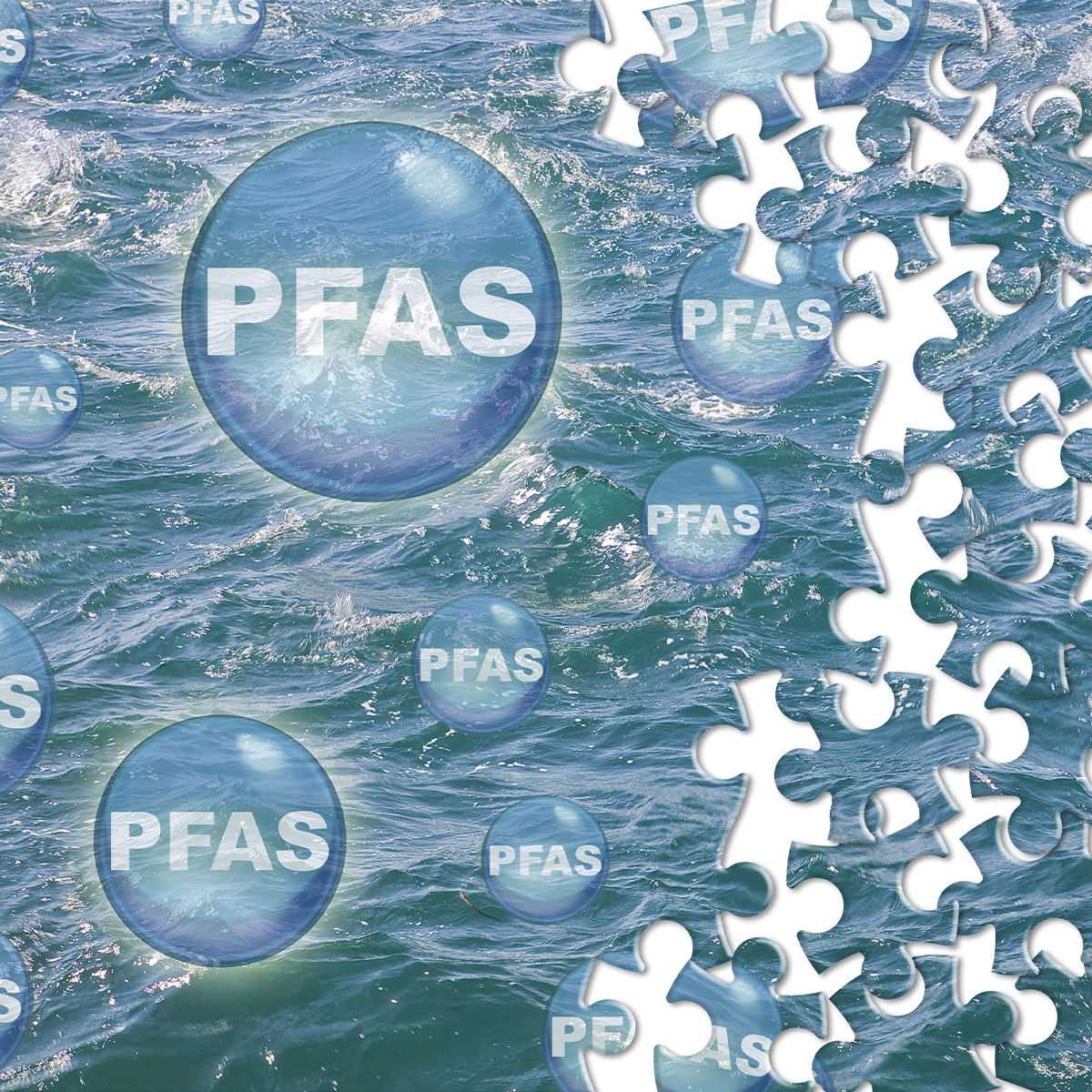-
Property & Casualty
Property & Casualty Overview

Property & Casualty
We offer a full range of reinsurance products and the expertise of our talented reinsurance team.
Trending Topics
Publication
That’s a Robotaxi in Your Rear-View Mirror – What Does This Mean for Insurers?
Publication
Cat Bonds – A Threat to Traditional Reinsurance?
Publication
Decision-Making in the Age of Generative Artificial Intelligence
Publication
Buildings Made of Wood – A Challenge For Insurers?
Publication
The CrowdStrike Incident – A Wake-Up Call for Insurers?
Publication
PFAS Awareness and Concern Continues to Grow. Will the Litigation it Generates Do Likewise? -
Life & Health
Life & Health Overview

Life & Health
We offer a full range of reinsurance products and the expertise of our talented reinsurance team.
Training & Education
Publication
When Actuaries Meet Claims Managers – Data-Driven Disability Claims Review
Publication
Chronic Pain and the Role of Insurers – A Multifactorial Perspective on Causes, Therapies and Prognosis
Publication
Fasting – A Tradition Across Civilizations
Publication
Alzheimer’s Disease Overview – Detection and New Treatments
Publication
Simplicity, Interpretability, and Effective Variable Selection with LASSO Regression Moving The Dial On Mental Health
Moving The Dial On Mental Health -
Knowledge Center
Knowledge Center Overview

Knowledge Center
Our global experts share their insights on insurance industry topics.
Trending Topics -
About Us
About Us OverviewCorporate Information

Meet Gen Re
Gen Re delivers reinsurance solutions to the Life & Health and Property & Casualty insurance industries.
- Careers Careers
PFAS – Rougher Waters Ahead?

September 17, 2024
Timothy Fletcher
Region: North America
English
Pervasive in their presence, difficult to remediate, and potentially hazardous to human health, per‑ and polyfluoroalkyl substances (PFAS) loom ominously over society. Recent U.S. regulatory activity and lawsuit outcomes concerning these chemicals point to a decades-long slog for the insurance industry. This blog discusses the potential health risks of PFAS, highlights the current regulatory and legal climates, and offers suggestions as to how carriers should proceed going forward.
What are PFAS?
There are more than 7,800 chemicals categorized as PFAS, including perfluorooctanoic acid (PFOA), perfluorooctane sulfonate (PFOS), and GenX.1 Developed in the 1930s, PFAS have been used in a variety of well-known products, including Teflon, food packaging, non-stick cookware, and firefighting foam known as aqueous film fighting foam (AFFF). Beyond consumer products, PFAS can be present in drinking water, soil, and water at or near waste sites, as well as biosolids such as fertilizer from wastewater treatment plants.2
The very thing that makes PFAS so effective – their ability to resist oil and moisture – also makes them potentially harmful because they tend to remain in the human body and never completely break down. Although not definitive, studies have linked PFAS to cancer, pregnancy-induced hypertension, and thyroid disease. One recent study suggests PFAS may be linked to cancers of the breast, ovary, skin, and uterus.3 Another posits that PFAS significantly alters proteins essential to human development, such as those in breast milk, potentially leading to developmental defects and other health issues.4 And, it’s likely that nearly all of us have PFAS in our blood; as noted by the National Institute of Environmental Health Sciences – “[o]ne report from the Centers for Disease Control and prevention (CDC), based on data from the National Health and Nutrition Examination Survey (NHANES), found PFAS in the blood of 97% of Americans”.5
Legal and Regulatory Developments
Prior to 2024, PFAS regulation largely fell to the states, with 11 states establishing maximum contaminant levels (MCLs) for drinking water and 12 others adopting guidance, health advisory, or notification levels for certain PFAS chemicals.6 In April, following an extensive study period, the Environmental Protection Agency (EPA) announced the final version of its first-ever regulatory limits on PFAS in drinking water, calling for MCLs of four parts per trillion.7 Further, the rule designated PFAS and PFOS as hazardous substances under the Comprehensive Environmental Response Contamination and Liability Act known as CERCLA.8 This designation means that the EPA can investigate and clean up PFAS-related releases, as well as ensure that other spills, leaks, and releases are reported.9 Moreover, under CERCLA, the government can sue for contributions to cleanups and to recover costs associated with those actions.10
The EPA’s actions have not escaped legal challenge. In June, the U.S. Chamber of Commerce, the Associated General Contractors of America, and the National Waste & Recycling Association brought suit in the D.C. Circuit, stating publicly that the EPA should pursue other, less costly approaches to clean up legacy PFOA and PFAS, and that the rule will disproportionately expose contractors to PFAS-related cleanup costs.11
While federal PFAS regulation would appear to be at least temporarily stalled, litigation continues to accelerate with multimillion dollar settlements increasingly common. During mid‑2023, 3M announced that it had agreed to between $10.5 billion and $12.5 billion for PFAS-caused drinking water contamination in public water systems across the country.12 In February, a South Carolina federal judge approved a $1.18 billion settlement that involved PFAS producers DuPont, Chemours, and Corteva over drinking water contamination in three Washington cities, the North Texas Municipal Water District, and others.13
PFAS Exclusions
As mentioned, PFAS have been used pervasively for many decades, but they’ve only recently been identified as hazardous. This raises legitimate questions as to how remediation suits will construe Commercial General Liability (CGL) policies. Whether or not coverage applies will be a case-specific determination that will largely depend on factual and jurisdictional issues. In some instances, carriers may be able to rely upon the absolute pollution exclusion as to general liability. However, some of those exclusions do not apply to product liability claims, and there’s a body of case law that limits these exclusions to “traditional” pollution and not a recently identified hazard like PFAS. Further, how do the insurance industry and legal system come to grips with PFAS and their variants when they’re so universally systemic, often dissolved into industrial biproducts – including wastewater – for which causation will be difficult to establish?
In 2023 and 2024, the Insurance Services Office (ISO) published a number of PFAS-specific exclusions. In some instances, a number of PFAS-related exclusions are circulating, either as a modification to the current pollution exclusions or through creation of a stand-alone PFAS exclusion. Regardless of the approach, these exclusions seek to bar coverage for cleanup costs and bodily injury where the location included the manufacture, storage, or processing of PFAS-type chemicals, or alternatively, operations that included fire-retardant chemical manufacturing, such as AFFF.
How Should Insurers Respond?
As 2024 progresses, we continue to see PFAS litigation on an upward trend. Moreover, there is heightened concern that future litigation could ensnare industries and businesses originally thought to be free from the PFAS hazard issue, most notably those that incorporated PFAS into their products.
In this environment, there are specific steps that carriers can take to assess and address their PFAS-related exposures, including:
Take inventory of previously underwritten risks.
Do they include manufacturers that may have used PFAS? Do they include locations in which PFAS were stored over an extended period? Has local media focused on PFAS-related exposure in a location where an insured may have been using and/or processing PFAS?
Carefully study new risks at submission.
Do you completely understand the submission? Does the underwriting application provide a complete picture of the prospective insured’s operations? Are there unforeseen and/or latent activities that may unexpectedly include PFAS?
Consider adding the following ISO exclusions to your CGL and CA policies:
- BP 15 19 12 23 Businessowners
- CA 27 19 01 24 Commercial Auto
- CG 34 95 05 23 Commercial General Liability
- CG 34 96 05 23 Commercial General Liability (Railroad Protective Liability Coverage Part)
- CG 40 32 05 23 Commercial General Liability (Commercial General Liability Coverage Part)
- CU 34 54 05 23 Commercial Liability Umbrella
- CX 21 97 05 23 Commercial Excess Liability
Remember that the duty to defend exists in all standard CGL policies – with a potential to incur uncapped defense costs.
Keep abreast of PFAS, both as to scientific developments and the litigation that it spawns.
Better scientific data that links PFAS to adverse health consequences will accelerate the pace and cost of litigation. Regardless, there will be growing societal and regulatory pressure to remediate our water supplies. The cost may well exceed $100 billion14 – and much like environmental and asbestos litigation, policyholders and plaintiffs will be looking to the insurance industry to pay for some of that.
Consult your Gen Re account executive for additional information and/or assistance in developing a strategy to address your PFAS-related exposures.
- Robert W. Petti, Samuel D. Habeeb, “Will Forever Chemicals, PFAS, Lead to Never-Ending Lawsuits?”, Carrier Management, 18 Nov. 2021, https://www.carriermanagement.com/features/2021/11/18/229077.htm
- “Our Current Understanding of the Human Health and Environmental Risks of PFAS”, EPA, 16 May 2024, https://www.epa.gov/pfas/our-current-understanding-human-health-and-environmental-risks-pfas
- Amber L. Cathey, Vy K. Nguyen, Justin A. Colacino, et al., “Exploratory profiles of phenols, parabens, and per‑ and poly-fluoroalkyl substances among NHANES study participants in association with previous cancer diagnoses”, J Expo Sci Environ Epidemiol 33:687–698, 18 Sep. 2023, https://doi.org/10.1038/s41370-023-00601-6, https://www.nature.com/articles/s41370-023-00601-6
- University of Texas at El Paso, “Scientists Discover That Toxic Compounds in Everyday Products Are Disrupting Vital Human Proteins”, SciTechDaily, 15 Jul. 2024, https://scitechdaily.com/scientists-discover-that-toxic-compounds-in-everyday-products-are-disrupting-vital-human-proteins/
- “Perfluoroalkyl and Polyfluoroalkyl Substances (PFAS), National Institute of Environmental Health Sciences, https://www.niehs.nih.gov/health/topics/agents/pfc#:~:text=One%20report%20by%20the%20Centers,blood%20of%2097%25%20of%20Americans.
- “PFAS ‘Forever Chemicals’”, Safer States, https://www.saferstates.org/priorities/pfas/#:~:text=State%20Drinking%20Water%20Limits,certain%20PFAS%20in%20drinking%20water.
- Juan‑Carlos Rodriguez, “EPA Finalizes First-Ever PFAS Drinking Water Standards”, Law360, 10 Apr. 2024, https://www.law360.com/articles/1823484/epa-finalizes-first-ever-pfas-drinking-water-standards
- Juan‑Carlos Rodrigue, “4 Biggest Takeaways From New EPA ‘Forever Chemicals’ Rule”, Law360, 22 Apr. 2024, https://www.law360.com/articles/1827529/4-biggest-takeaways-from-new-epa-forever-chemicals-rule
- Ibid.
- Ibid.
- Juan‑Carlos Rodriguez, “Chamber Asks DC Circ. To Regect EPA’s PFAS Designation”, Law360, 13 Jun. 2024, https://www.law360.com/articles/1847531/chamber-asks-dc-circ-to-reject-epa-s-pfas-designation
- Kris Maher, John Keilman, “3M Settles ‘Forever Chemicals’ Litigation for Up to $12.5 Billion”, Wall Street Journal, 22 Jun. 2023, https://www.wsj.com/articles/3m-settles-forever-chemicals-litigation-for-up-to-12-5-billion-abbeba36?mod=e2li
- Madeline Lyskawa, “$1B DuPont Deal Gets Final OK In Firefighting Foam MDL”, Law360, 8 Feb. 2024, https://www.law360.com/articles/1795800
- Venetia Despotaki, Eric Hang, Eleanor Bragg, “PFAS Litigation Could Generate Billions in Ground‑Up Losses. Here’s How.”, Verisk, 5 Apr. 2024, https://core.verisk.com/Insights/Emerging-Issues/Articles/2024/April/Week-1/PFAS-Litigation-Could-Generate-Billions-in-Ground-Up-Losses





